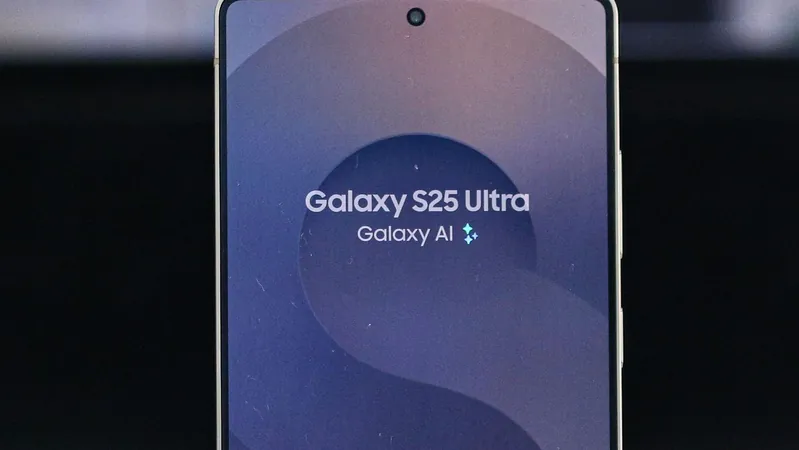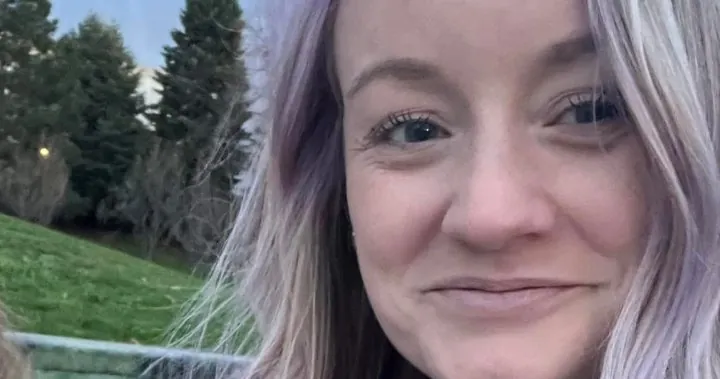
Cracking the Code: Why Cannabis Use Disorder Treatment is Falling Through the Cracks
2025-06-12
Author: Emma
A Deep Dive into Treatment Gaps
A groundbreaking study has unveiled a startling truth: many individuals suffering from cannabis use disorder (CUD) are not getting the treatment they desperately need. Published in *Substance Use & Misuse*, this eye-opening research explores the reasons behind the scarcity of treatment options available to those affected by CUD.
The Research Framework
Conducted over a substantial 16-year period, the study utilized data from the National Survey on Drug Use and Health, focusing on three pivotal years: 2003, 2011, and 2019. By employing multivariate logistic regression models, researchers analyzed the factors that led some individuals to seek treatment for CUD while others remained in silent suffering.
The Alarming Statistics
The findings were both enlightening and concerning. Only 19% of individuals diagnosed with CUD sought treatment in 2003, and this figure plummeted to a mere 13% by 2019! Surprisingly, the study revealed that most patients seeking treatment were older, predominantly non-Hispanic white males with lower income brackets.
Evolving Barriers to Treatment
According to senior author Brian D. Graves from Florida Atlantic University, the treatment landscape for cannabis use disorder is frequently overshadowed by other substance use disorders. He pointed out that barriers to treatment have not only persisted but have also evolved significantly over the years.
Predictors of Treatment Availability
Key predictors of receiving treatment included: - Having undergone mental health treatment in the previous year. - Involvement with community supervision. Interestingly, the study observed that previous arrests significantly increased the likelihood of receiving treatment, a trend not seen in 2003.
The Stigma and Confusion Around CUD Treatment
Our findings also indicated that many individuals were unsure where to seek help, or they felt unprepared to quit using cannabis. Fear of stigma, workplace impacts, and financial constraints further complicated their decision to pursue treatment.
A Call for Action
Graves emphasizes the urgent need for targeted outreach and better education surrounding available treatment options for CUD. It’s not enough to raise awareness; practical obstacles like affordability and access must also be addressed. Furthermore, dismantling stigma and countering misinformation is crucial for encouraging individuals to seek the help they need.
Towards a Comprehensive Strategy
To effectively tackle these issues, a coordinated approach that prioritizes the unique challenges faced by different communities is essential. Only through comprehensive strategies can we hope to bridge the treatment gap and deliver crucial support to those in need.









 Brasil (PT)
Brasil (PT)
 Canada (EN)
Canada (EN)
 Chile (ES)
Chile (ES)
 Česko (CS)
Česko (CS)
 대한민국 (KO)
대한민국 (KO)
 España (ES)
España (ES)
 France (FR)
France (FR)
 Hong Kong (EN)
Hong Kong (EN)
 Italia (IT)
Italia (IT)
 日本 (JA)
日本 (JA)
 Magyarország (HU)
Magyarország (HU)
 Norge (NO)
Norge (NO)
 Polska (PL)
Polska (PL)
 Schweiz (DE)
Schweiz (DE)
 Singapore (EN)
Singapore (EN)
 Sverige (SV)
Sverige (SV)
 Suomi (FI)
Suomi (FI)
 Türkiye (TR)
Türkiye (TR)
 الإمارات العربية المتحدة (AR)
الإمارات العربية المتحدة (AR)